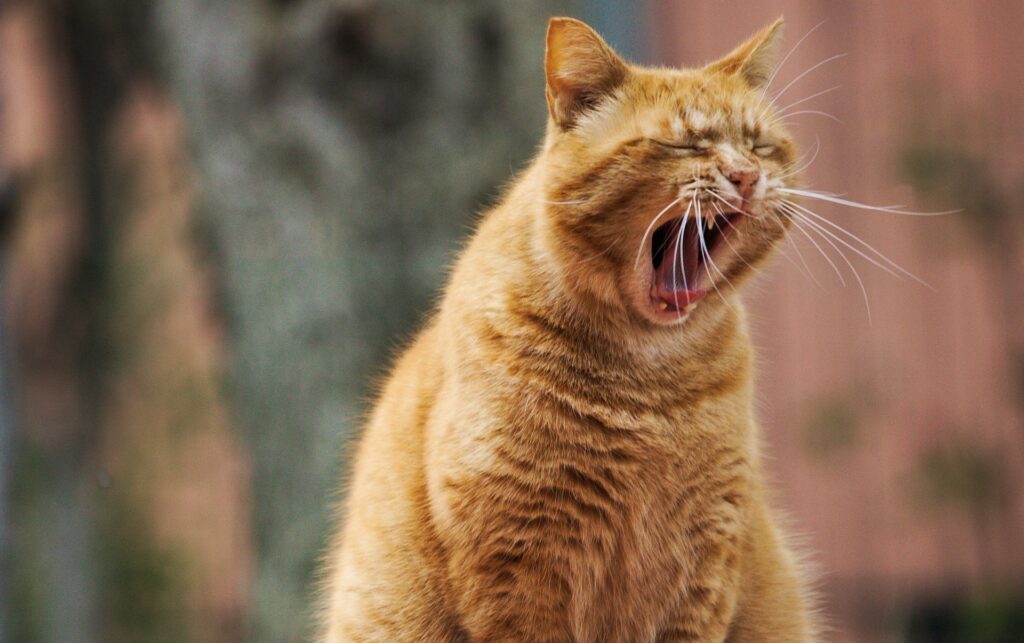Are you struggling to understand your cat’s behavior? You’re certainly not alone. Cats can be affectionate and playful one moment and then aloof and standoffish the next. Trying to figure out what drives their behavior can be a frustrating and confusing experience, leaving many cat owners scratching their heads.
But fear not, for we have some answers. This article will delve into the fascinating world of feline behavior and provide the knowledge you need to decode your cat’s actions. We’ll cover everything from the reasons behind their purring to the meaning of their body language. So, if you’re struggling to understand your cat’s behavior, keep reading to discover what you need to know.
- Purr-ception Deception: The Surprising Truth About Why Cats Purr
Have you ever experienced a cat purring and assumed it was a sign of happiness? Many of us have heard a cat’s purr at least a few times and often associate it with contentment and enjoyment. However, what if we told you there’s more to a cat’s purr than meets the eye? Despite common belief, a cat’s purr is not always an obvious sign of happiness.
Purring is a vibration cats produce through their throat and chest muscles. It is a unique sound described as a low-pitched, rumbling, and continuous hum. This behavior is exhibited by cats from the day they are born and continues throughout their lives. While many believe that cats purr solely to express joy, it is a more complex behavior that can signify a range of emotions, including stress or a need for something. Purring is also a coping mechanism cats use to calm themselves down, as evidenced by their tendency to purr while giving birth.
Therefore, it’s important not to jump to conclusions and assume that your cat always expresses happiness through purring. Rather, pay attention to other signs and behaviors to determine the root of the purring and whether your cat may need something.
- Sniffing
Cats have a unique sense of smell that they use to navigate their environment and detect danger. They also use scent to recognize people and claim their territory. However, cats may dislike strong smells, and their behavior can be affected by changes in their surroundings.
Did you know? Cats will likely smell your face to store your scent in their memory and use it to recognize you in the future. This is why many pet cats can immediately tell if their owner has been around other cats or animals.
- Weird Sleeping Positions
Cats have adorable and often weird sleeping positions that make them appear innocent and charming. Whether curled up or sleeping on their back, these positions reveal their level of relaxation and comfort. As a pet owner, paying attention to your cat’s sleeping habits can provide insight into their well-being and preferred environments. If your cat is missing, check quiet and secluded areas where they may be hiding to nap.
- Scratching
Cats scratch to care for their claws, which need to be sharp and maintained for various activities such as climbing, hunting, and self-defense. Scratching also helps cats stretch their muscles and relieve stress. Additionally, it allows cats to mark their territory by leaving their scent through their paw glands on the surfaces they scratch.
If you’re having problems with your cat scratching your furniture, invest in a scratching post to keep their claws in shape. Most cats will pick a few spots to scratch and mark them as their own by releasing their scent through their paw glands.
Did you know? Cats scratch as a direct expression of excitement when they see their owners.
- Hiding
Cats are known for their love of solitude and their penchant for hiding away from the hustle and bustle of the world. They prefer quiet, peaceful environments where they can curl up and nap undisturbed.
When faced with loud noises or many people, cats can become overwhelmed and seek refuge in unusual places. This can be problematic behavior for some cat owners, who may fear that their feline friend has gone missing. Nonetheless, don’t be afraid; your cat is likely just taking time to herself, feeling safe and secure in her chosen hiding spot.
The Bottom Line
While it’s normal for cats to exhibit these behaviors, watching your cat’s health is important. If she is regularly hiding or avoiding interaction, it could be a sign of an underlying health issue. It’s best to seek the advice of a veterinarian if you notice any changes in your cat’s eating or drinking habits. Otherwise, understanding and respecting your cat’s personality and needs can build a strong and fulfilling relationship with your feline friend.

